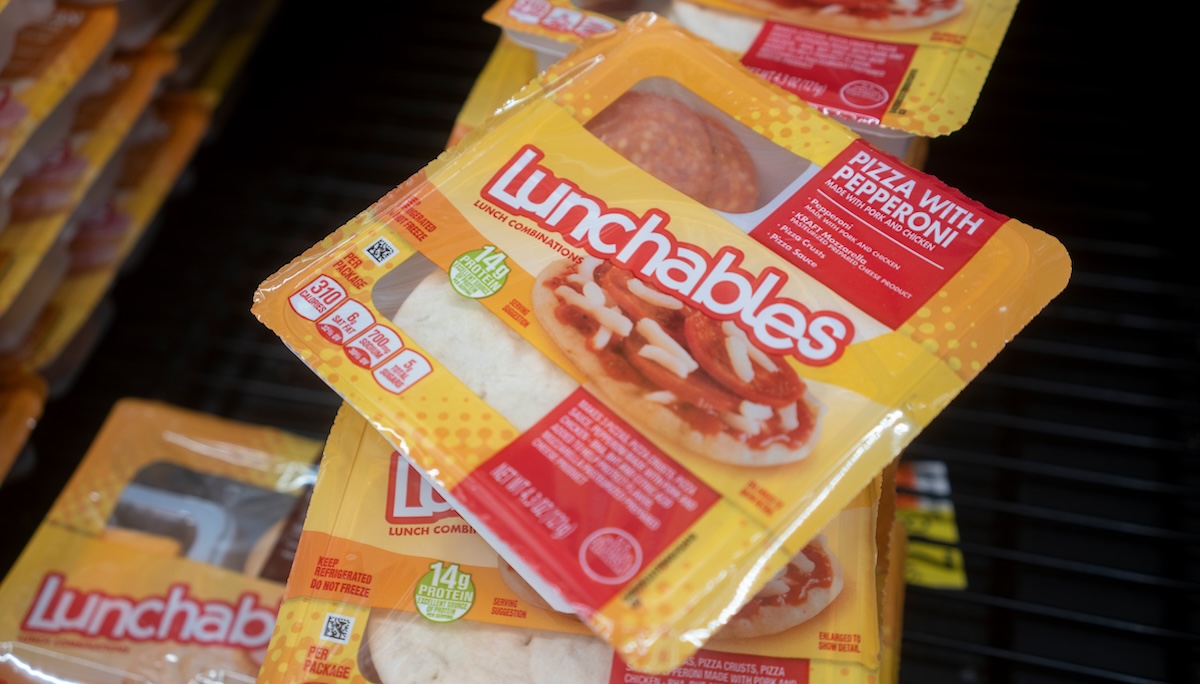I always knew I was throwing around the definition of “food” loosely when it came to Lunchables, but I’ve got two small kids and every now and then, they have served a very useful purpose.
That is, until Consumer Reports called for the removal from Lunchables from U.S. schools after alarming levels of lead were found in the packaging of Lunchables sold in stores. Awesome!
(Over the past few years, the amount of concerning information about food packaging, microplastics, ultra-processed food, and more has made it seem impossible to make any truly realistic lifestyle changes, but finally eliminating Lunchables from our rotation of purchases became an easy one.)
However, that news alone did not stop parent company Kraft Heinz from ultimately halting sales to school systems around the country – it came simply from a lack of demand for the ultra-processed meals. This comes even after Lunchables themselves were altered to increase protein and fiber levels, and that threshold was only met after the food lobby got the government to lower its nutrition standards for school meals in the first place. Never mind the fact that school-based Lunchables’ sodium levels ending up being 25 percent higher than that of Lunchables found in stores.
This all being said, the sales just weren’t there for Kraft Heinz; school systems more or less rejected Lunchables as an option for students.
It probably comes down to an amalgamation of reasons, though one suspects the high cost of Lunchables probably played a key factor in the final decision for most schools. Some schools also balked at the outrageous “nutritional” aspects of Lunchables, highlighted by the fact that there are an absurd 14 total ingredients in the product’s turkey. But like just about everything else in the United States, it likely all came down to cost.
Kraft Heinz saw unlimited dollar signs in its eyes ($25 billion of them, in fact) when thinking about the untapped market of school lunches, and though these school sales accounted for less than one percent of overall Lunchables revenue, it’s a victory for those of us who have the audacity to even consider healthier food options for schoolchildren.
(Image credit: Tada Images – stock.adobe.com)
